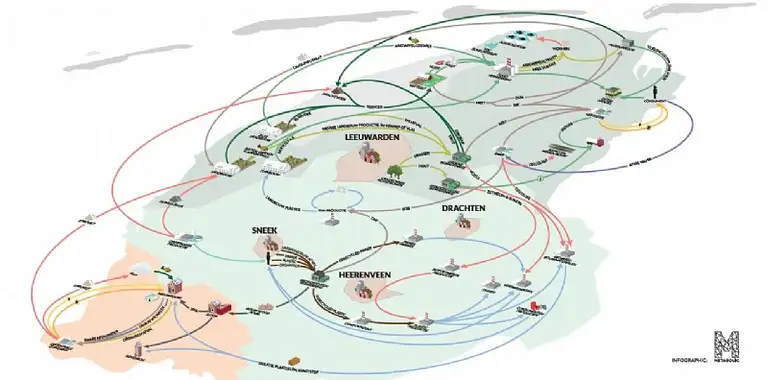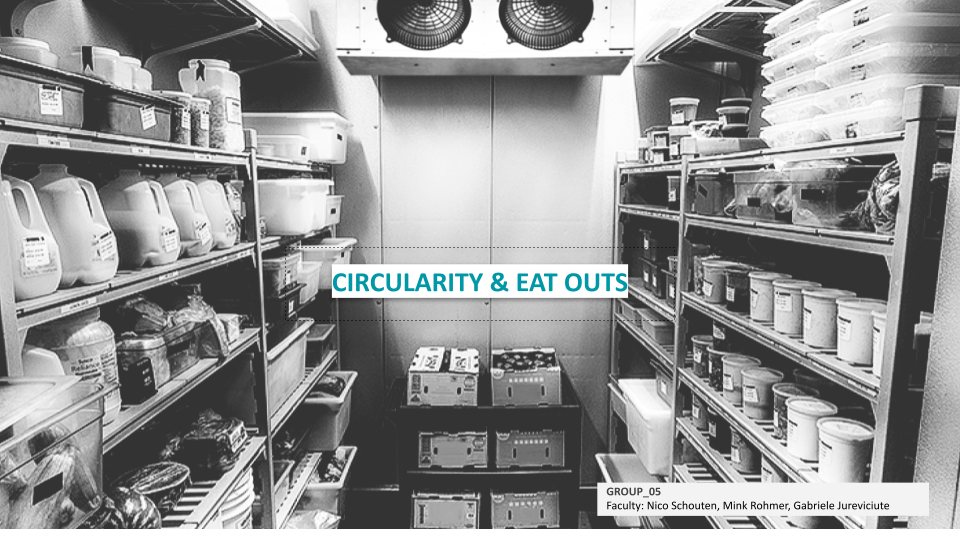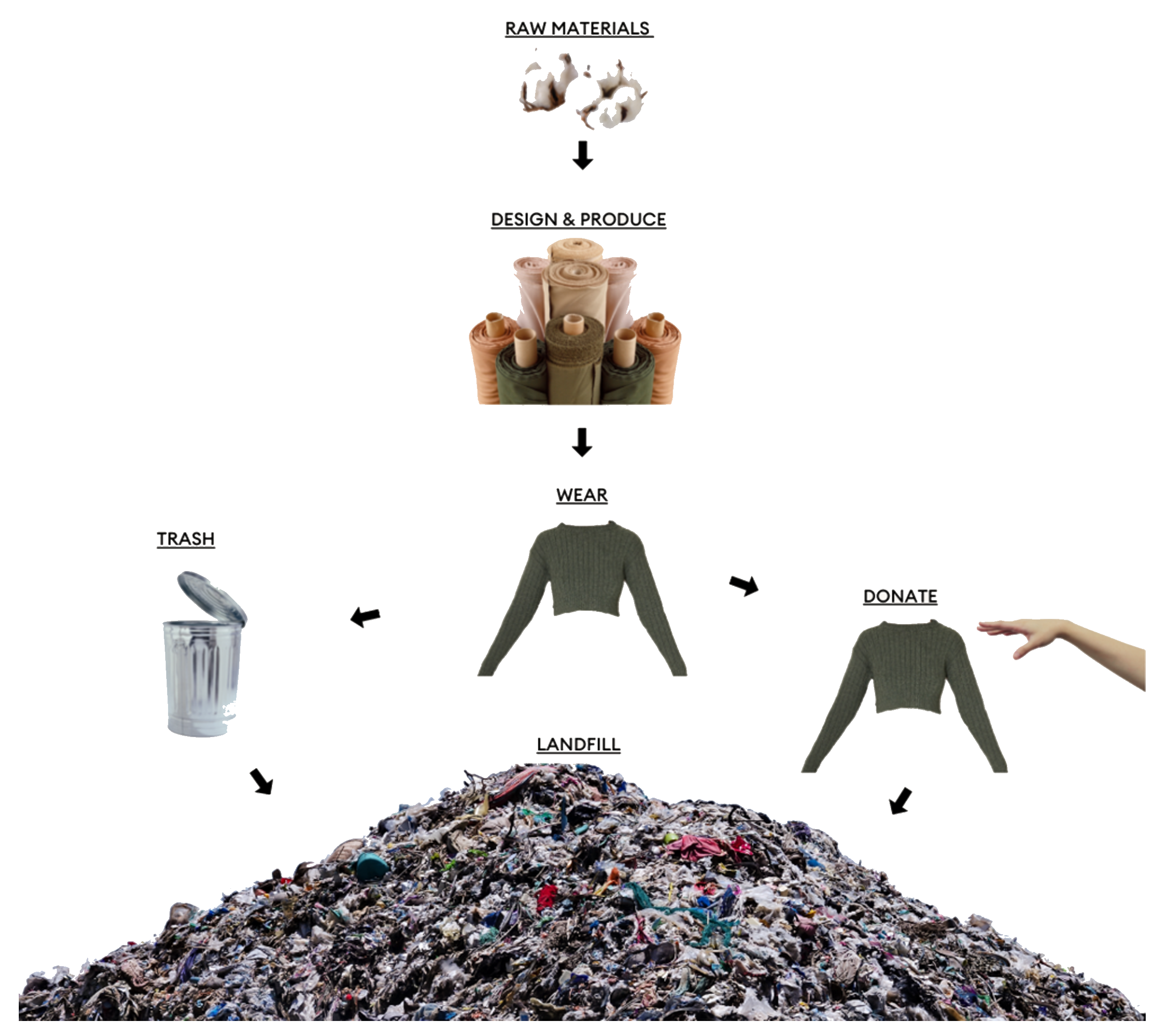Using Material Flow Analysis and systems thinking to drive the transition towards a sustainable Built Environment
Syllabus

Credits: Metabolic 2019
Syllabus
Cities are our future. They are the drivers of the global economy, centres of creativity, diversity, and interaction – and they are home to the majority of the global population. Cities cover only 3% of the earth’s surface, yet they consume 75% of global natural resources, making them effective places to address critical environmental and social challenges. A large part of the environmental impact of cities can be attributed to the Built Environment. Roughly 40% of all carbon emissions are related to this part of our economy. 10% can be attributed to embodied carbon, where 30% can be attributed to energy consumption.
Growing urban regions and consumption patterns combined with an extractive and wasteful economy create many adverse environmental impacts both inside and outside of our human habitats. Our linear economy is at the root of these challenges: core to this economic model is a fundamental disconnect between how we live our lives and do business, and what this means for the natural ecosystems that allow us to live happy, healthy sustainable lives.
So, how might cities grow without crossing the planetary boundaries while dividing sufficient resources in an equitable and just way amongst all inhabitants? We need to transform our economy and we can do this by radically changing the way we design our habitats across scale.

Credits: Metabolic
This course will focus on two types of analysis needed to tackle these environmental challenges. The first will be the mapping of resource flows going in and out of the region, city or neighbourhood for which you are designing. These Material Flow Analysis (or MFAs) will help pinpoint environmental hotspots for which high-impact solutions can be designed. An example of this analysis can be found above. This material flow analysis focusses on all the energy, food, water, building materials and consumption goods which enter the city on an annual basis.
Secondly, we will focus on the creation of a Systems Map. This system map help to identify root causes and leverage points for change on the basis of more intangible forces which steer our societies. We will dive into several frameworks, tools, and methodologies we use to help transform operations and drive long-term, meaningful sustainability progress and avoid unintended consequences and burden shifting. An example is our ‘7 Pillars of the Circular Economy’ framework, used by companies and cities globally. We will use it as a holistic framework to assess trade-offs and understand the net positive impact of your design decisions and solutions.
Learning Objectives
At course completion the student will:
- Be familiar with the principles of systems thinking and impact assessments to identify root causes and leverage points in achieving progress towards a sustainable change
- Be familiar with executing a material flow analysis and visualizing the results in a Sankey Diagram.
- Be able to use a Material Flow Analysis as a guiding principle to define design interventions
- Understand the basics of the circular economy as it relates to the urban context and the built environment, including potential applications and their limitations
- Be able to bring these tools into practice and assess how your thesis project addresses the issues you are trying to solve, identify systemic barriers to implementation and propose solutions that can help overcome them.
Faculty
Faculty Assistants
Projects from this course
From Diversity to Sustainability
Tackling Food Waste in Barcelona’s Multicultural Culinary Scene Introduction Within the framework of the circularity in the built environment, where Material Flow Analysis (MFA) and system maps have played a crucial role, Barcelona’s multicultural culinary scene emerges as a fascinating case study. In this dynamic city, the convergence of diverse culinary traditions is not only a … Read more
[RE]CONSTRUCT
This research project aims to investigate the lifecycle of commonly used construction materials in Barcelona, analyse the materials being demolished in the city, and explore the waste management practices employed by Barcelona for construction and demolition waste. The primary objective is to provide valuable insights into the environmental impact and sustainability of construction materials, identify … Read more
CIRCULAR CLOTHING
Causal loop diagrams is tool that is used to tell stories about the complex issues within the fast fashion industry. By identifying the interrelationships within the system’s structure, these diagrams helps to understand the impacts and trade-offs associated with different factors. The resulting visual representation then is used to effectively communicate this understanding and facilitate … Read more









